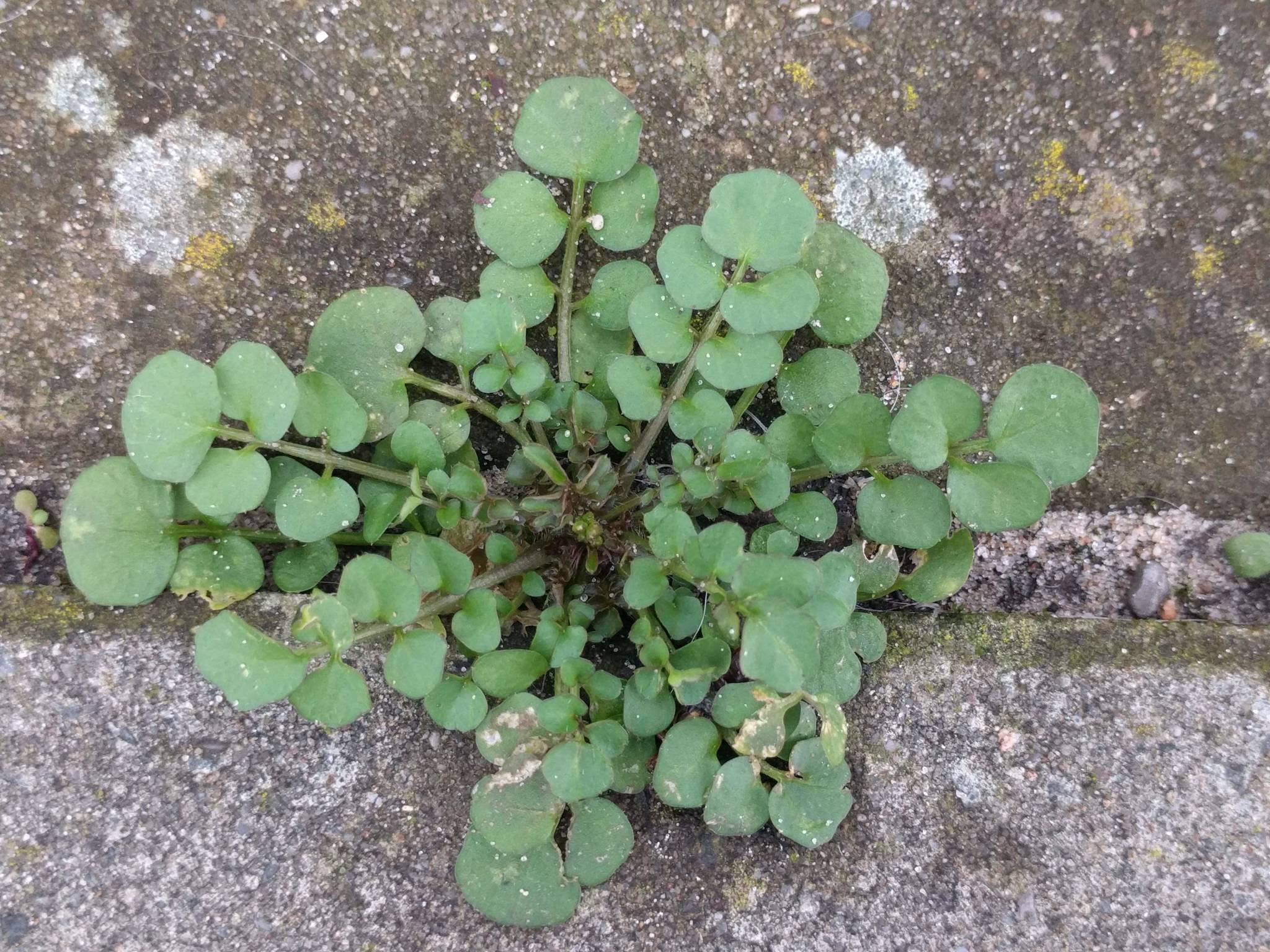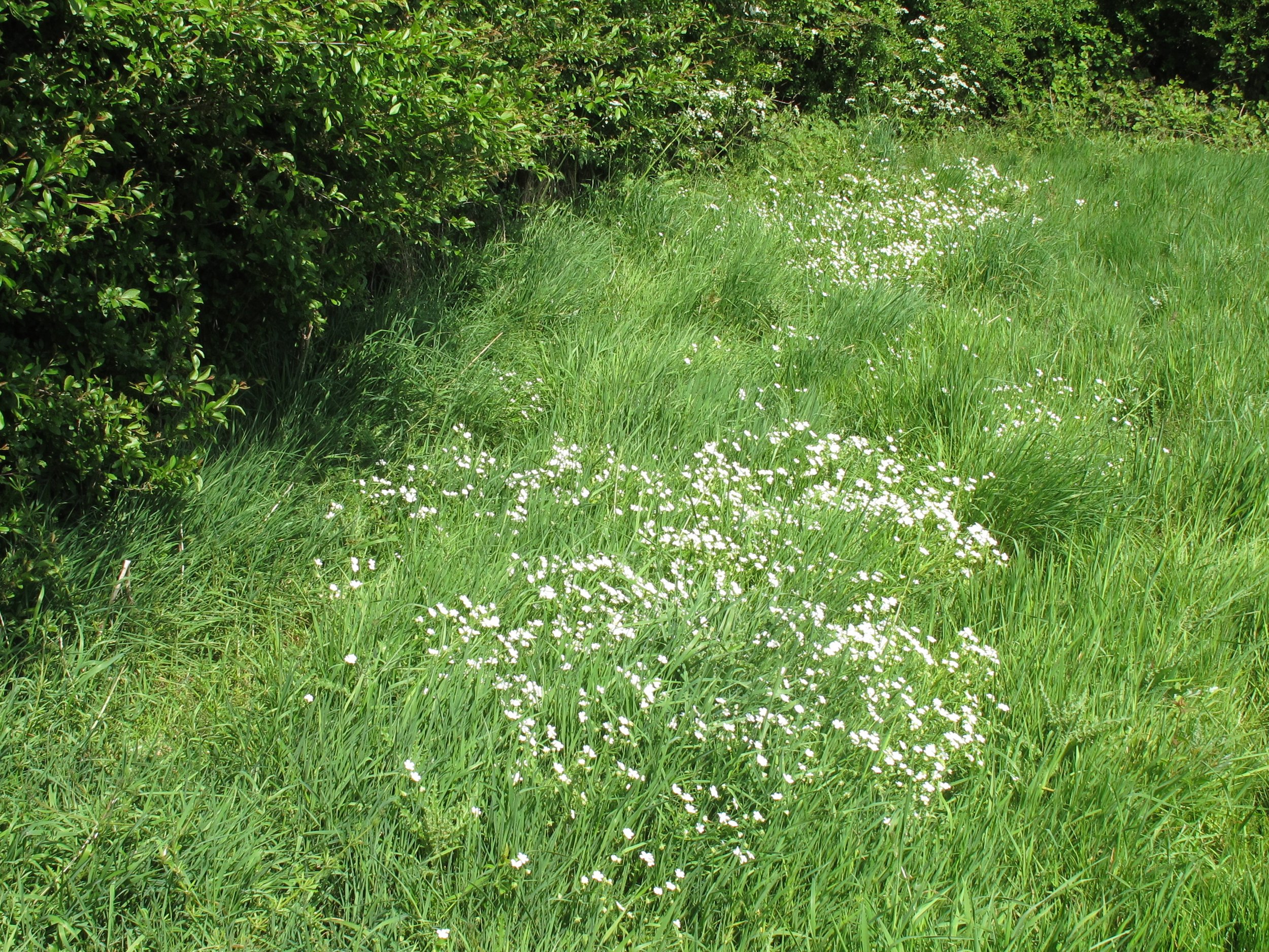North Alabama’s Winter Weeds: Unmasking the Culprits Lurking in Your Lawn
Winter may seem like a time of rest for your lawn, but beneath the dormant grass lies a secret world of intruders. As a matter of fact, right now – the start of the fall season – is the ideal time to start treating your lawn! As the temperatures drop in Northern Alabama, a new crop of winter weeds takes root, threatening the beauty of your landscape. The cooler months are the most important months to tackle your lawn's needs, ensuring it receives the specialized care it requires for a vibrant and lush springtime revival.
But fear not, fellow turf warriors, for we're about to unmask these common offenders and equip you with the knowledge to defend your lawn. So, grab your magnifying glass, and let's dive into the most common and recognizable winter weeds.
Poa Annua - The Sneaky Invader
Alias: Annual Bluegrass
Poa Annua
Imagine a weed that disguises itself as your beloved grass, and you've got Poa Annua. This clever imposter thrives in the cool, wet conditions of an Alabama winter, making it a common sight in lawns. The giveaway? Poa Annua's bright green color and fine blades stand out amidst your dormant, straw-colored turf. Its prolific seed production ensures a continuous battle.
BATTLE PLAN: Regular mowing and overseeding with desirable grass species can help crowd out this invader.
Henbit - The Purple Haze
Alias: Lamium Amplexicaule
Henbit, Dalgial, CC BY-SA 3.0, via Wikimedia Commons
As winter approaches, Henbit paints your lawn with a splash of purple. With heart-shaped leaves and small purple flowers, it's an unexpected burst of color during the colder months. Henbit spreads quickly and can be a stubborn adversary in your quest for a pristine lawn.
BATTLE PLAN: Early removal by hand or with herbicides can halt its spread. Remember, prevention is key.
Hairy Bittercress - The Tiny Troublemaker
Alias: Cardamine Hirsuta
Hairy Bittercress, Michel Langeveld, CC BY-SA 4.0, via Wikimedia Commons
Don't be fooled by its petite appearance; Hairy Bittercress is a prolific seed producer. Its small, white flowers and slender seed pods release seeds explosively, creating an infestation before you know it. These weeds can quickly carpet your lawn.
BATTLE PLAN: Regularly monitor your lawn and remove these weeds before they go to seed. Hand-pulling is effective.
Chickweed - The Hardy Survivor
Alias: Stellaria Media
Chickweed, Chickweed by David Hawgood, CC BY-SA 2.0, via Wikimedia Commons
Chickweed is the winter warrior you didn't know you had. With its low growth habit, small leaves, and tiny white flowers, it thrives in cooler temperatures. It can survive mowing, making it challenging to control.
BATTLE PLAN: Pre-emergent herbicides can prevent chickweed. Post-emergent treatments are also effective, especially in early stages.
Spurweed - The Thorny Fiend
Alias: Soliva Sessilis
Spurweed, Harry Rose from South West Rocks, Australia, CC BY 2.0, via Wikimedia Commons
Ah, Spurweed, the bane of many barefoot adventures. This winter weed produces tiny, sticker-like seeds that attach to anything they touch, including your feet and your pets' fur. Identifiable by its finely divided leaves and small yellow flowers, Spurweed is a nuisance.
BATTLE PLAN: Regular mowing can prevent seed production. Pre-emergent herbicides applied in late summer can also help.
Little Barley - The Unwelcome Guest
Alias: Hordeum Brachyantherum
Little Barley, Image by wirestock on Freepik
Little Barley is like an unwanted guest at a party—it shows up when it's least expected. It forms clumps of grass with seed heads resembling miniature barley spikes. While it may not be the flashiest weed, it's persistent.
BATTLE PLAN: Hand-pulling can be effective for small infestations. Pre-emergent herbicides are useful for larger areas.
Clover - The Nitrogen Fixer
Alias: Trifolium
Clover may seem charming with its trifoliate leaves and white or pink flowers, but it's not always a welcome addition to your lawn. It's a nitrogen fixer, which can be beneficial in some cases but disruptive in others.
BATTLE PLAN: Hand-pulling and spot treatments with herbicides can control clover without harming your desirable grass.
In the battle against winter weeds, knowledge is your most potent weapon. By identifying these common culprits and implementing targeted control strategies, you can ensure your lawn remains green and healthy. Remember, a well-maintained lawn is not just a landscape; it's a canvas for countless outdoor memories.







